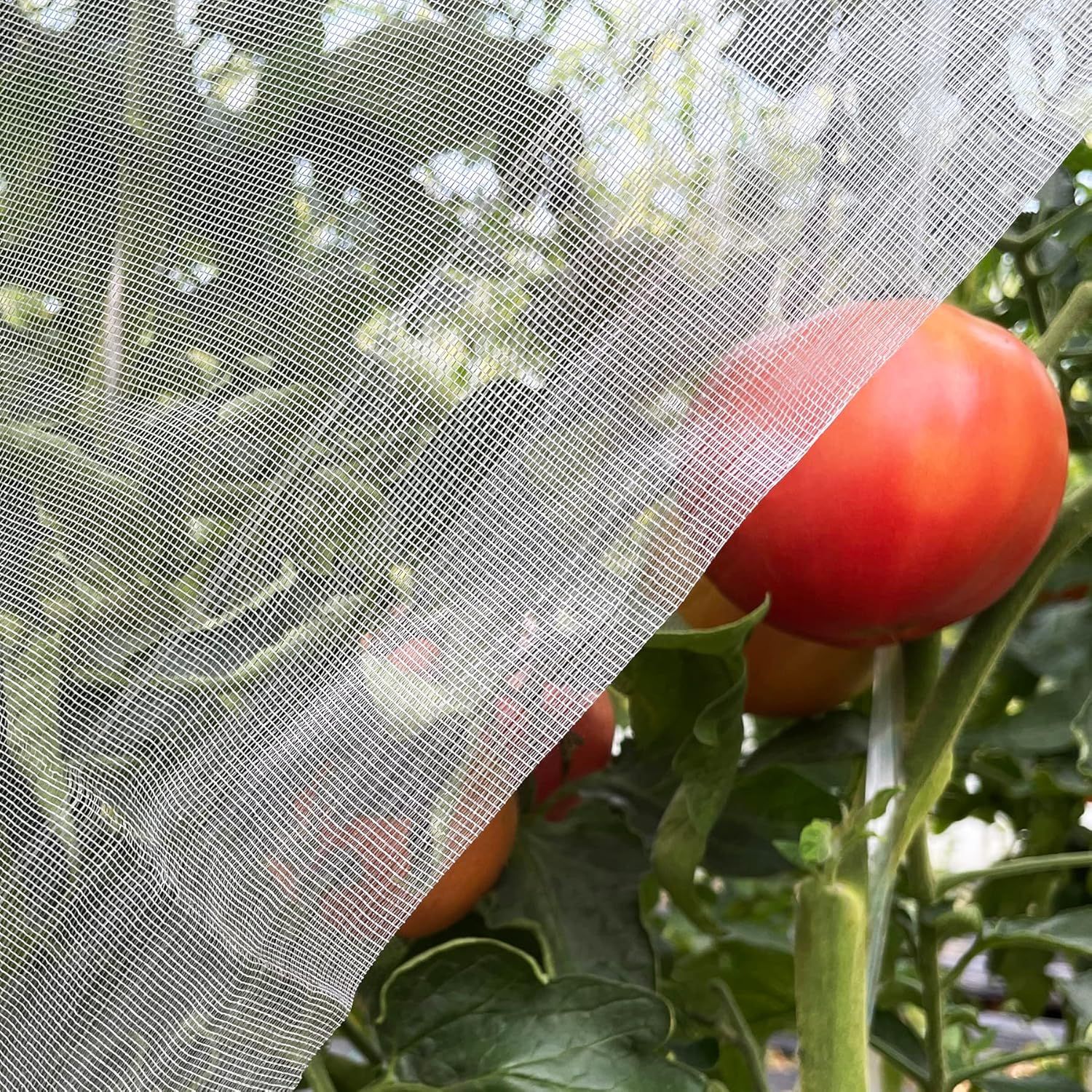Walnut Tree Harvesting: When Are Walnuts Ready To Pick

Walnuts are my hands down favorite nuts with the added benefit of not only being high in protein but omega-3 fatty acids as well. Omega-3 fatty acids are touted as extremely beneficial for the heart but beyond that, they are delicious! What better reason to grow your own? The question is, when are walnuts ready to pick and what is the best way to pick walnuts?
When are Walnuts Ready to Pick?
Walnuts may be either English or the black walnut varieties, with the latter having a thicker shell and more intense flavor. Both types are fruiting, deciduous trees that are fairly easy to grow and lacking in few serious issues, especially once mature.
They can grow to 100 feet (30 m) tall and 50 feet (15 m) across, which makes the tree a bit unmanageable for some landscapes. Luckily, young trees can be trained via pruning. Walnut trees can be grown with a central leader or remove the leader which will encourage side shoot growth and restrict the tree’s size.
A pitted shell encases a fibrous, leather sheath that splits as the nuts begin to ripen in the fall and indicates that walnut tree harvesting is nigh. Once you are done harvesting the walnuts, you can eat them right away, but keep in mind they won’t be quite like those purchased ones at the grocers. The nuts will be rubbery in texture and are, thus, usually dried, which also extends their shelf life.
Think your nuts are ready for harvesting, but don’t know the best way to pick walnuts? Keep reading to find out how to harvest walnuts.
How to Harvest Walnuts
Depending upon the variety and region they are grown in, walnut tree harvesting starts from early September to early November. At this point, the kernels are light in color and the membrane between the halves has turned brown. To determine if your nuts are ready for harvest, crack a few open. The nuts should show browning of the membrane and loosening of the hull. Take your nut samples from as high up in the tree as possible since those that are at this height ripen latest. Also, if your tree is water stressed, harvesting walnuts will be delayed. To speed things up, be sure to keep the tree well watered through harvest.
Begin harvesting when you estimate that at least 85% of the nuts can be easily removed from the tree. Delay too long and insects and birds may get to the nuts before you do. Additionally, if you delay too long, the outer husks become soft and black and the resulting nut has a bitter, rancid flavor.
Sign up for the Gardening Know How newsletter today and receive a free copy of our e-book "How to Grow Delicious Tomatoes".
To begin harvesting walnuts, you will need a pole or a pole combined with a hook for larger trees. Shake the nuts loose using the pole. Immediately pick the walnuts up from the ground. If they lie there too long, they will either begin to mold or become overrun with ants, or both. To protect your back and make picking up walnuts a breeze, consider a nut gatherer from Amazon.
The hulls of walnuts contain phenols, chemical compounds that cannot only stain hands but for some people cause skin irritation, so when handling walnuts, wear rubber gloves, like these food safe nitrile gloves from Amazon.
Once you have harvested the walnuts, hull the nuts using a pocket knife. Wash the hulled nuts and then dry them in a single layer on a smooth, flat, shaded area. Stir the nuts around on a daily basis to promote drying. If drying outdoors, cover the nuts with plastic netting – like this ultra fine garden mesh from Amazon – to deter birds. The length of time until complete drying depends on temperature but, generally, will be dry in three to four days. At this point, the kernels should be brittle as well as the membrane separating the two halves.
Store the cured walnuts in a cool, dry area or to extend their shelf life, in the refrigerator or freezer. They can be stored for up to a year in the fridge and for two or more years in the freezer; that is, of course, if you can stay out of them that long.

Amy Grant has been gardening for 30 years and writing for 15. A professional chef and caterer, Amy's area of expertise is culinary gardening.



